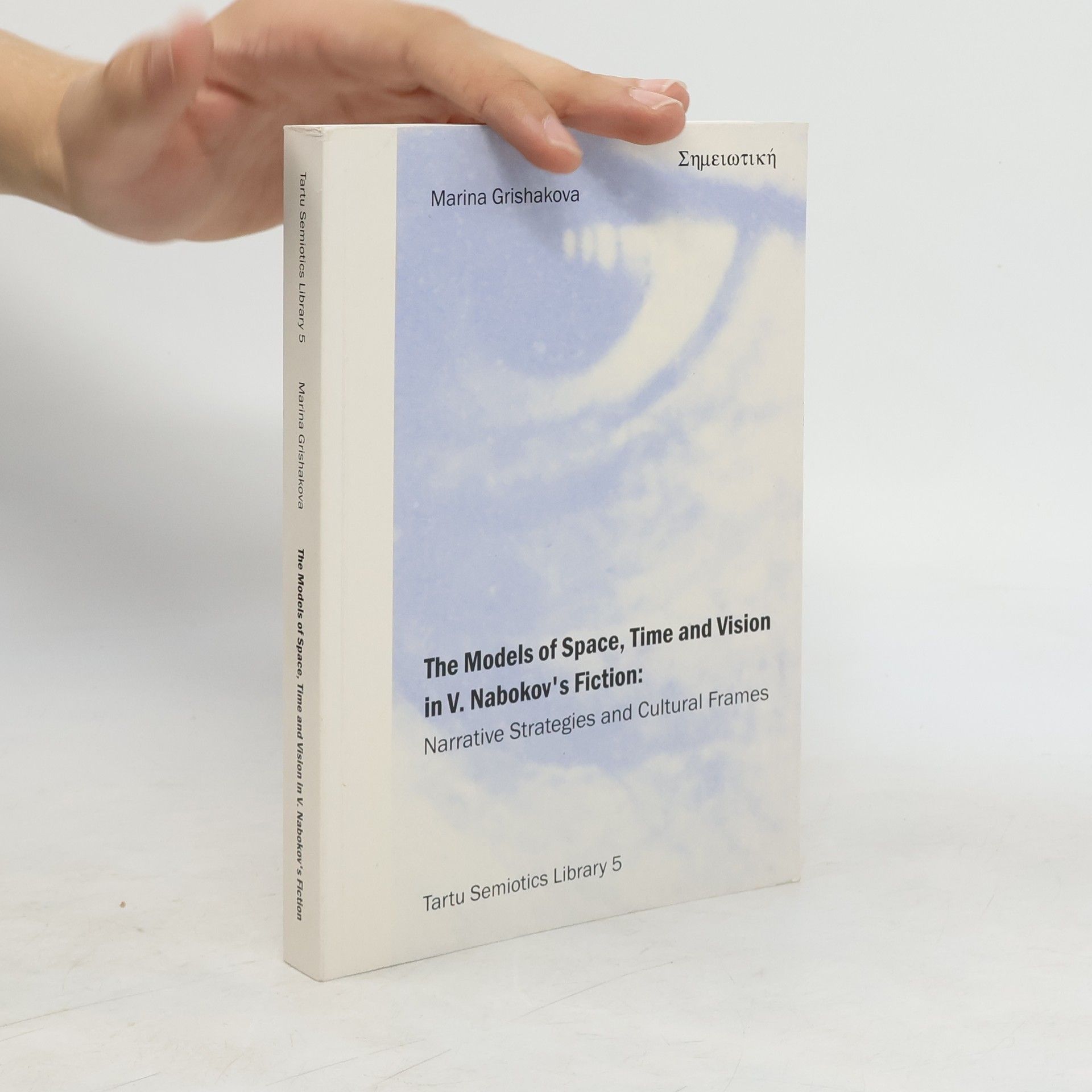Intermediality and storytelling
- 353pages
- 13 heures de lecture
The ‘narrative turn’ in the humanities, which expanded the study of narrative to various disciplines, has found a correlate in the ‘medial turn’ in narratology. Long restricted to language-based literary fiction, narratology has found new life in the recognition that storytelling can take place in a variety of media, and often combines signs belonging to different semiotic categories: visual, auditory, linguistic and perhaps even tactile. The essays gathered in this volume apply the newly gained awareness of the expressive power of media to particular texts, demonstrating the productivity of a medium-aware analysis. Through the examination of a wide variety of different media, ranging from widely studied, such as literature and film, to new, neglected, or non-standard ones, such as graphic novels, photography, television, musicals, computer games and advertising, they address some of the most fundamental questions raised by the medial turn in narratology: how can narrative meaning be created in media other than language; how do different types of signs collaborate with each other in so-called ‘multi-modal works’, and what new forms of narrativity are made possible by the emergence of digital media.

